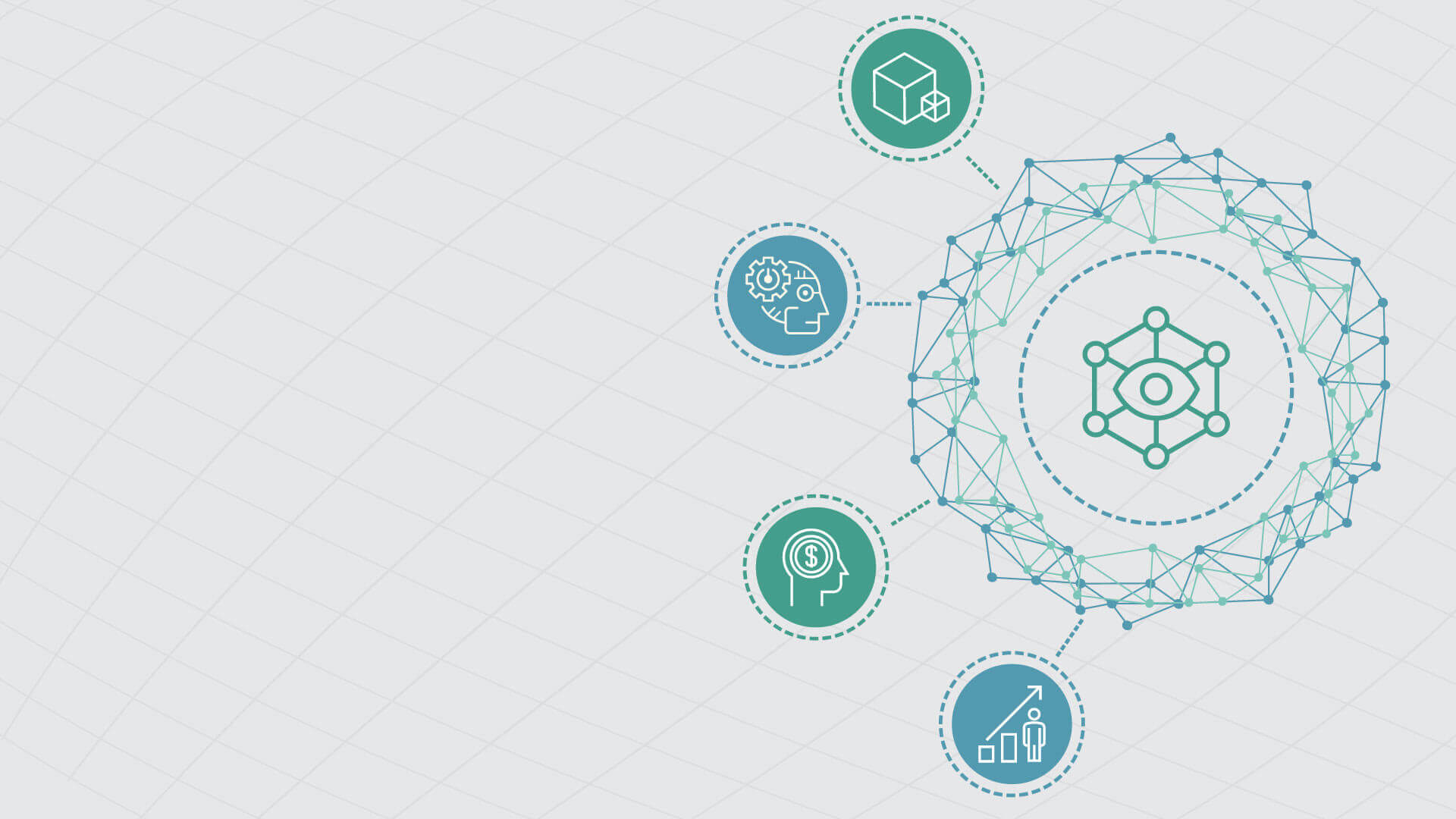Blog Details
Insurance CRM: Creating Exceptional Value Through Next-Generation Operating Models
The world has experienced an unprecedented upheaval in the wake of the COVID-19 pandemic, leading to a seismic shift in the way businesses operate and stakeholders engage. From the implementation of physical distancing measures to the widespread adoption of remote work, travel restrictions, and the psychological toll of isolation, these factors have collectively redefined stakeholder behavior across organizations. This unforeseen transformation has presented myriad challenges, compelling companies to swiftly adapt their operational strategies to thrive in this new landscape.
As we continue to navigate these uncertainties, it becomes increasingly evident that the “next normal” environment is not a temporary phase, but a paradigm shift that will persist for the foreseeable future. The significance of Insurance CRM (Customer Relationship Management) systems has grown exponentially. In this context, the role of Insurance CRM (Customer Relationship Management) systems has become more critical than ever before.
Understanding the Impact on Stakeholders
The effects of the pandemic have rippled through the behaviors of three key stakeholder groups—customers, employees, and vendors/partners—each responding to the changing circumstances in distinct ways.
1. Customers: The way customers interact with businesses has fundamentally changed. Physical channels are being avoided in favor of digital services, with a demand for enhanced delivery services. Consumption patterns have also shifted, as individuals focus on essentials and delay non-essential purchases. Additionally, the psychological impact of the pandemic has led to growing anxiety and boredom among customers. This may manifest as a preference for owning items rather than renting and renewed commitments to values and goals.
2. Employees: Remote work has become the norm for many employees. Research suggests that those with stable remote work experiences report increased work effectiveness and well-being. However, the experience is varied, with families and those without remote work options facing additional challenges. The labour market’s increased competitiveness due to job cuts has broader implications for employers.
3. Vendors and Partners: Vendors and partners are considering scaling down operations and investments, focusing on short-term gains and cost-cutting. Social responsibility is taking precedence over profit optimization, with a shift towards digital channels to minimize physical interactions.
Insurance CRM’s Role in Crafting Next-Generation Operating Models
Amid these evolving behaviors, the insurance industry finds itself at a juncture that demands a fundamental overhaul of its operating models. Leveraging Insurance CRM systems becomes instrumental in achieving this transformation. These systems facilitate an astute understanding of stakeholder behavior, paving the way for responsive and adaptive strategies.
1. Offering differentiated products
Most insurers provide commoditized products with thin margins. However, digital enables them to increase their profitability and value to customer by delivering personalized, tailored, differentiated products. This includes micro and niche insurance plans at touch points like high-value product purchases, service centers and even niche health insurance packages like surgery covers. Insurers can specialize in a niche and even diversify in that niche category.
For example, leading insurers are increasingly offering wedding insurance, riot insurance and for the discerning customer even alien abduction insurance.
2. Plug-in insights with a continuous improvement mindset
Insurance CRM platforms gather and analyze customer interactions, allowing insurers to identify pain points and areas for improvement. By fostering a continuous improvement mindset, insurers can drive organizational change and adapt to the evolving market demands.
Feedback from customers is a goldmine of insights. Insurance CRM platforms facilitate the gathering and analysis of customer interactions, enabling insurers to pinpoint areas for improvement and address pain points. An ethos of continuous improvement empowers insurers to transcend organizational inertia and proactively embrace change.
3. Delivering differentiated service with AI
The ascendancy of Artificial Intelligence (AI) and Machine Learning (ML) technologies has elevated customer experiences. Integration of Insurance CRM with AI-driven platforms facilitates real-time engagement across all channels, including unconventional ones. Open Communication Platforms (OCPs) enable insurers to respond instantly to customer needs, leading to swift and efficient service delivery. Furthermore, AI and image analysis enable damage assessment, optimizing the claims settlement process.
A leading insurer has initiated an instant claim settlement platform with smart bots driven FNOL (First Notification of Loss) System for its auto insurance CRM products. The system processes claims instantly by integrating with third party repair systems and automatically verifying damage and repair estimates leading to automatic reimbursements as soon as the invoices are verified through digital signatures.
4. Dynamic Pricing with Usage based Insurance (UBI)
Usage-based insurance (UBI) primarily refers to dynamic insurance premium pricing based on customer’s behavioral and usage analytics. This allows insurers to move away from a mindset of simply reducing claims costs and becoming an integral part of customer’s lives by offering holistic core value propositions. Remote monitoring with telemetric data analysis can help reduce car insurance costs and boost preventive healthcare. This helps to make insuring higher-risk consumers more economical feasible, rewarding and also opens the door to new innovative insurance CRM packages.
Recently, the Singapore government has partnered with Apple to reduce healthcare insurance costs with with personalized program to encourage healthy activity and behaviors using existing hardware. More than 2 million people were enrolled within 3 months of the launch.
5. Enabling smart distribution channels
Insurers can eliminate much bottlenecks and increase coverage by expanding digital access and AI-driven digital performance enablers for agents. This approach can help free up more than 40 percent of sales teams capacity, allowing them to focus on significantly improving the volume of new business.
Insurers are delivering technology-enabled services to help improve customer care and boost efficiency. Insurance leaders who are in the forefront on developing and delivering innovative business models are the ones who will reap disproportionate value in the new reality.
Embracing Transformation for a Robust Future
In conclusion, the insurance industry is at a crossroads, and the adoption of next-generation insurance CRM operating models is not just a choice, but a necessity for sustained success. By offering differentiated products, embracing AI-driven services, implementing dynamic pricing strategies, and optimizing distribution channels, insurance companies can create value for their customers and emerge stronger. The “next normal” presents both challenges and opportunities; those who leverage Insurance CRM systems effectively will undoubtedly emerge as the leaders of this transformative journey. As the world continues to adapt, the insurance sector can redefine its role in society and provide the protection and reassurance that customers need, even in the face of uncertainty.
The insurance sector finds itself at a crossroads, poised to redefine its role in a rapidly evolving landscape. The adoption of next-generation operating models through robust Insurance CRM systems transcends the realm of strategic decision-making; it has become an imperative for sustained success. By offering personalized products, leveraging AI for enhanced services, implementing dynamic pricing strategies, and optimizing distribution channels, the insurance industry is poised to thrive in the next normal.
The pandemic has underscored the indispensability of technology in nurturing seamless operations and interactions. Insurance CRM systems, fortified with AI capabilities, empower insurers to remain agile, responsive, and aligned with evolving customer expectations. As the insurance landscape navigates the fluidity of the post-pandemic era, the sector has the potential to emerge as a resilient and adaptive entity, fulfilling its core mission of providing reassurance and safeguarding against uncertainty.



